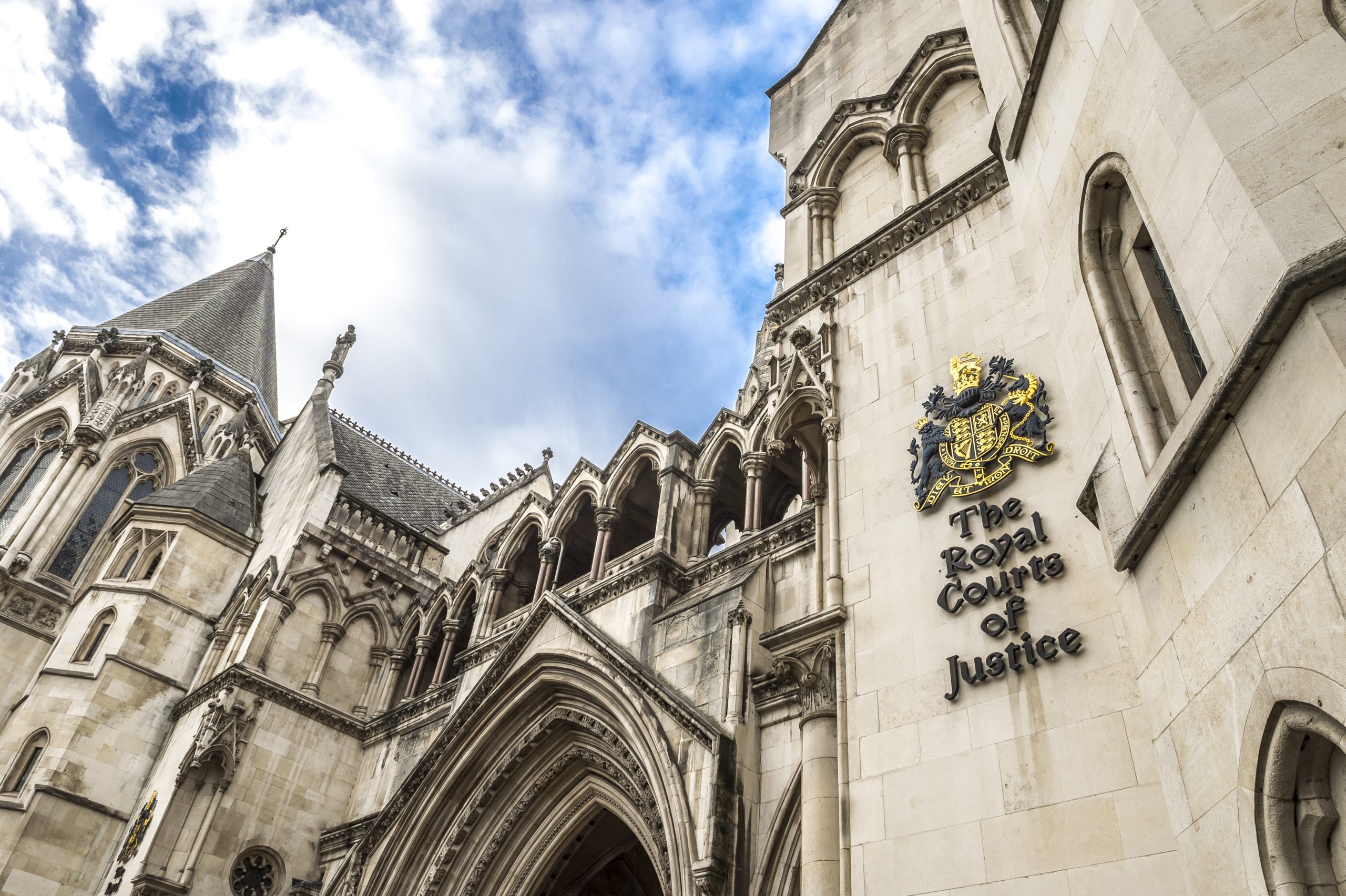
In a significant UK ruling in Generics, Teva & Glenmark v AstraZeneca [2025] EWHC 1012 (Pat), the High Court of England and Wales provided a comprehensive restatement of how inventive step and sufficiency are assessed in the UK in light of the concept of “plausibility.” The decision is another example of how UK patent law is diverging from the approach taken by the European Patent Office (EPO), particularly following the Enlarged Board of Appeal’s decision in G 2/21.
Reassertion of the plausibility standard
At the core of the dispute was AstraZeneca’s patent for dapagliflozin, an inhibitor of the sodium-dependent glucose co-transporter protein SGLT2, useful to reduce blood glucose levels to treat type II diabetes. Although the patent, EP1506211, expired in May 2023, the claimants – Generics UK, Teva, and Glenmark – sought declarations of invalidity and revocation of the related Supplementary Protection Certificates (SPCs), SPC/GB13/021 and SPC/GB14/050. They contended that
- the patent did not make it plausible that dapagliflozin is a (selective) SGLT2 inhibitor or useful in the treatment of diabetes; and
- the patent made no technical contribution over the prior art (namely WO 01/27128), instead arbitrarily selecting dapagliflozin from a disclosed class of compounds.
The court reaffirmed that both inventive step and sufficiency rest on the foundational requirement that a patent disclose a genuine technical contribution to the art. The decision offers a useful commentary on the evolution of UK jurisprudence in relation to plausibility in both sufficiency of disclosure and inventive step. Relying on the UK Supreme Court’s majority judgment in Warner-Lambert v Generics [2018] UKSC 56, Deputy Judge, Michael Tappin KC, confirmed that a patent must disclose “reasonable scientific grounds” rendering the claimed technical effect plausible at the filing date. While this standard does not require proof or clinical trial data, it demands more than a bare assertion that a compound might be useful for a particular therapeutic purpose. However, he considers that “a statement in a patent document that an experiment was done and certain results were obtained is to be taken at face value” and may be “sufficient to make the relevant technical effect plausible, even if the results are presented in verbal form without numerical or graphical data” (at [16]).
The decision explicitly rejected the notion that efficacy need only be possible or “worth a try”. Instead, the court reaffirmed that a compound’s utility must be at least plausible based on a patent’s original disclosure and the skilled person’s common general knowledge.
Plausibility across inventive step and sufficiency
Bound by Warner-Lambert, the High Court reiterated that plausibility serves as a common threshold for both inventive step and sufficiency. Patent protection must be earned by disclosing a technical contribution that is demonstrable in the application as filed. The judge emphasised that the plausible effect must be evident from the application itself, not inferred from post-filed evidence. While such evidence may support a technical effect, it cannot establish the effect in the first place. This approach reflects a stricter stance than the one currently emerging at the EPO.
The claimants contended that the patent as filed failed to establish plausibly a technical effect for dapagliflozin over WO 01/27128. This brought the court back to the concept of “arbitrary selection,” with its roots in the EPO’s AgrEvo decision (T 939/92). If a compound is selected from prior art without a disclosed advantage or distinctive technical property, the selection is considered arbitrary and the claim obvious.
The court agreed. Based solely in the content of the application, AstraZeneca was found to have merely selected dapagliflozin from a disclosed class of compounds without demonstrating a related advantage. This deficiency could not be remedied with post-filed data, despite the later commercial success of the product.
Comparison with G 2/21: divergence on disclosure thresholds?
The UK’s approach remains anchored in the ab initio plausibility framework from Warner-Lambert, while the EPO’s Enlarged Board in G 2/21 has adopted a more nuanced test.
In G 2/21, the test is whether the skilled person would derive the purported technical effect from the application as filed, such that it is:
- encompassed by the technical teaching; and
- embodied by the same originally disclosed invention.
This test has been interpreted variably by the EPO’s Boards of Appeal. The majority currently appear to be following this new approach, whilst many commentors consider G 2/21 to lean toward ab initio implausibility with post-filed evidence being used to prove a technical effect unless there is a legitimate reason to doubt the claimed effect can be achieved. However, some Boards continue to apply a stricter standard similar to that of Warner-Lambert. For example, in T 314/20, the Board observed that speculative applications arise where the claimed technical effect or its generalisation is uncertain due to missing data – or undisclosed data – at the filing date. The Board implied that the new G 2/21 framework still permits case-by-case discretion in identifying speculative filings.
Under this standard, the structural features of dapagliflozin and the assertion in the patent that it is an SGLT2 inhibitor might arguably meet G 2/21’s disclosure threshold, avoiding any “legitimate reason to doubt.” This would allow post-filed data to support the technical effect. However, Tappin KC agreed with the claimants that this amounted to no more than a “bootstrap argument” i.e. one in which the conclusion is supported by assumptions that rely on the conclusion itself.
As a result, the court held that the patent did not plausibly disclose that dapagliflozin would have an in vivo effect on blood/plasma glucose or treat diabetes. Tappin KC acknowledged the divergence with EPO case law but declined to comment on whether the patent would have passed G 2/21’s test, expressly stating he was bound by the UK Supreme Court’s precedent. He nonetheless flagged the potential for future reconsideration of the UK position, especially if G 2/21 gains traction among the EPO Boards and other national courts.
Conclusion
Constrained by the Supreme Court in Warner-Lambert, this High Court decision confirms the UK’s continued commitment to a stringent plausibility threshold when assessing both inventive step and sufficiency. It highlights how the EPO’s evolving interpretation post-G 2/21 is diverging from the UK’s approach.
The judgment reinforces the principle that patents must be grounded in real and plausible technical contributions – particularly in the pharmaceutical and chemical sectors, where speculative assertions remain a persistent concern.
For now, applicants seeking UK patent protection must continue to demonstrate plausible utility at the time of filing – not retrospectively. This case serves as a reminder that close coordination between EPO and UK filing strategies remains essential in managing European patent portfolios effectively.
If you would like to discuss your patent filing strategy or have any questions in relation to this case, please contact your usual GJE attorney or email gje@gje.com.
This article was first published on IPKat.


